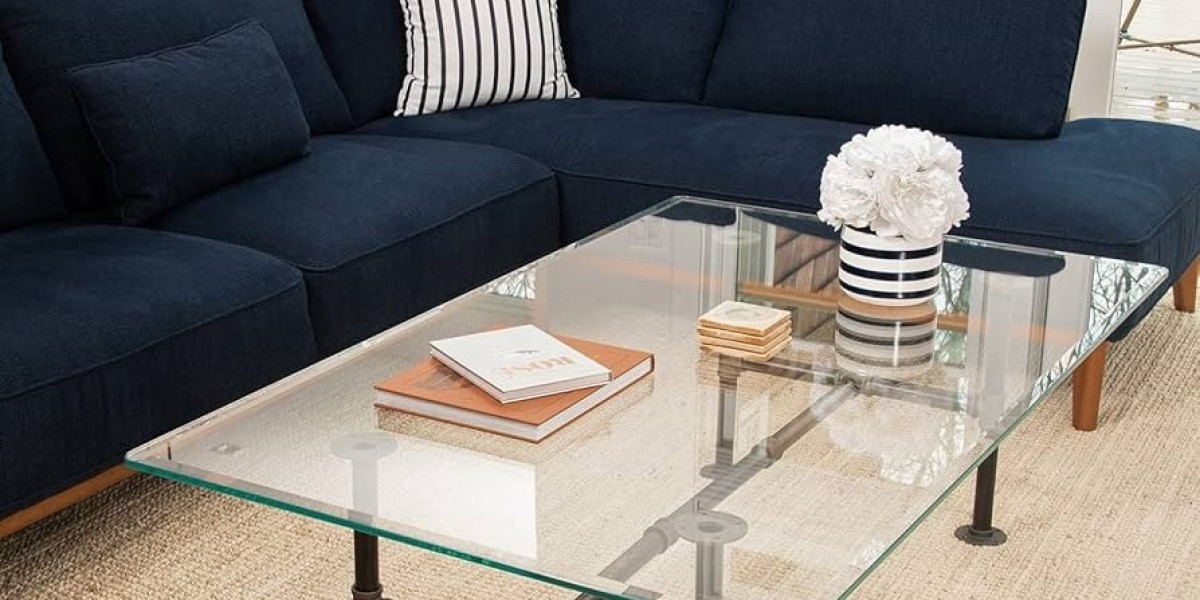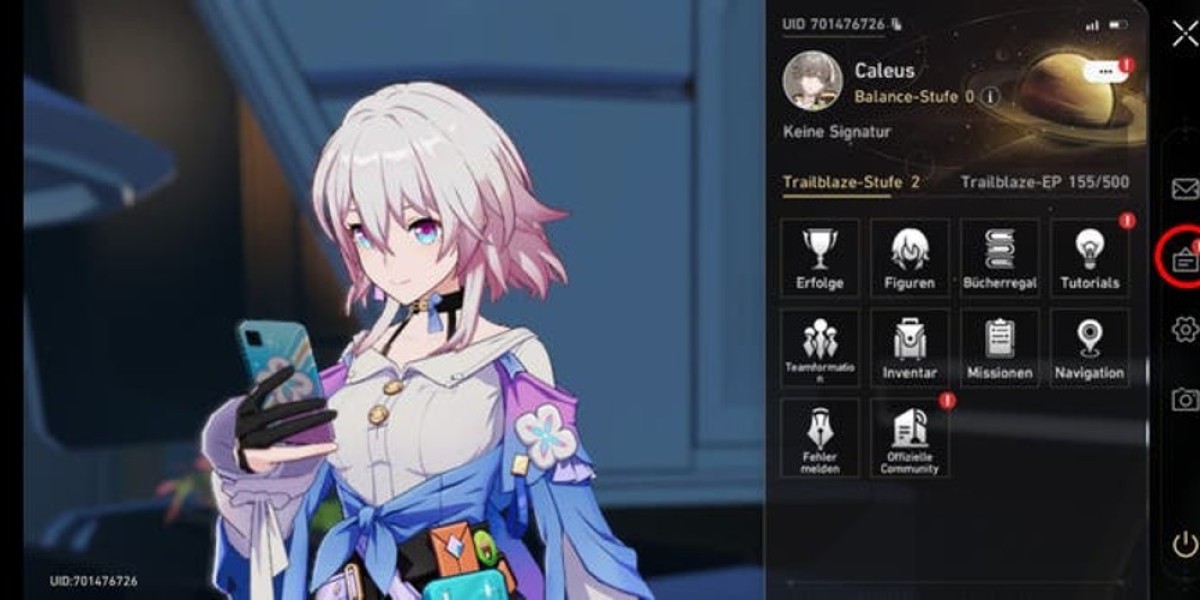Glass tables have become a timeless choice for both modern and traditional interiors. They bring elegance, functionality, and durability together in a way that few other materials can match. Whether you’re looking to protect your wooden furniture, upgrade your dining area, or design a centerpiece for your living room, glass for glass top tables offers an ideal solution. But choosing the right glass isn’t as simple as it may seem. From types of glass to thickness, edges, and design options, every detail matters.
In this guide, we’ll cover everything you need to know about glass for glass top tables—so you can make the best decision for your home or office.
Why Choose Glass for Table Tops?
Glass is more than just a decorative element. It offers several advantages that make it one of the most practical choices for table tops:
Durability and Strength – Modern toughened glass is designed to withstand daily use, scratches, and even moderate impacts.
Aesthetic Appeal – Clear or frosted glass enhances the look of furniture while maintaining a clean, sophisticated style.
Protection for Furniture – Placing a glass sheet on top of wooden or metal tables protects the surface from heat, spills, scratches, and stains.
Easy to Clean – Unlike other materials, glass doesn’t absorb liquids. A quick wipe with a damp cloth restores its shine.
Light and Space Enhancement – Glass reflects light, making rooms appear larger, brighter, and more open.
Types of Glass for Glass Top Tables
When selecting a table top, not all glass is created equal. Here are the most common options:
1. Tempered Glass
Tempered glass, also called toughened glass, is heat-treated to be much stronger than ordinary glass. If it breaks, it shatters into small blunt pieces instead of sharp shards, making it a safe option for households with children. This is the most popular choice for dining tables and coffee tables.
2. Annealed Glass
Annealed glass is the most basic type, offering clarity and affordability. However, it is not as strong as tempered glass. It is suitable for smaller side tables, decorative pieces, or when the glass is not exposed to heavy use.
3. Frosted Glass
For a more modern or private look, frosted glass diffuses light while reducing glare. It is ideal for offices, dining tables, or areas where you want a touch of uniqueness.
4. Tinted Glass
Tinted glass comes in shades such as bronze, grey, or green. It not only enhances aesthetics but also reduces glare and UV penetration. A tinted glass top can give your table a luxurious, stylish feel.
5. Patterned and Textured Glass
Textured glass adds a decorative touch with etched designs, patterns, or 3D effects. It provides a unique character and is often used in statement furniture pieces.
Choosing the Right Thickness
The thickness of the glass you choose depends on the type of table and its intended use:
¼ inch (6 mm) – Ideal for small coffee tables, end tables, or decorative surfaces.
⅜ inch (10 mm) – A balanced choice for dining tables and medium-sized surfaces. Strong yet sleek in appearance.
½ inch (12 mm) – Perfect for large dining tables, conference tables, or glass-only bases. Provides maximum durability.
Tip: Thicker glass may cost more, but it enhances stability and longevity.
Edge Options for Glass Table Tops
Edges not only improve safety but also contribute to the style of the table. Popular edge finishes include:
Flat Polished Edge – Smooth and modern look, suitable for contemporary furniture.
Beveled Edge – Angled edge that adds elegance, often used for dining and coffee tables.
Pencil Polished Edge – Rounded edge for a soft and minimalistic appearance.
Ogee or Decorative Edges – Custom designs that make the table a statement piece.
Shapes and Customization Options
Glass table tops can be cut into a variety of shapes depending on your furniture design:
Rectangular Glass Table Tops – Perfect for dining and office tables.
Round Glass Tops – Popular for coffee tables and small dining setups.
Square Glass Tops – Compact and versatile, suitable for modern interiors.
Custom Shapes – Oval, hexagonal, or irregular cuts for unique furniture pieces.
When ordering custom glass, always provide exact measurements and specify cut-outs if you need them for fixtures or bases.
Safety Considerations
Since tables are used daily, safety is crucial when choosing glass tops:
Always choose tempered glass for dining tables or frequently used surfaces.
Use protective pads or rubber bumpers to prevent slipping and scratching on wooden furniture.
Opt for rounded corners if you have children to avoid accidents.
Check compliance with safety standards if you’re buying from a supplier.
Maintenance and Cleaning Tips
One of the best things about glass is that it’s easy to care for. Here’s how you can maintain a glass table top:
Use a soft microfiber cloth to wipe away dust and fingerprints.
Apply glass cleaner or a vinegar-water solution for streak-free shine.
Avoid abrasive sponges that may scratch the surface.
Use coasters and placemats to prevent scratches from sharp objects.
Regularly check the glass edges and surface for chips and replace if necessary.
Cost Factors to Consider
The price of a glass table top depends on several factors:
Type of glass (tempered, tinted, frosted, etc.)
Thickness and size
Edge finishes (beveled edges cost more than flat polished)
Customization (unique shapes or patterns increase costs)
On average, standard replacement glass table tops can cost anywhere between $50 to $300, while custom pieces may go higher depending on design complexity.
Where to Use Glass Table Tops
Glass table tops can be used in a variety of settings:
Dining Rooms – A clear or beveled glass top makes your dining space feel elegant.
Living Rooms – Coffee and side tables with glass tops bring modernity and openness.
Offices – Glass conference tables and desks reflect professionalism.
Outdoor Furniture – Tempered glass with UV protection works well for patios and balconies.
? If you’re looking for high-quality replacement options, check out Glass Doctor’s guide to custom glass table tops for professional insights and inspiration.
Eco-Friendly and Sustainable Choice
Glass is 100% recyclable, making it an environmentally friendly option compared to other materials. Many manufacturers now offer recycled glass table tops that look just as beautiful as new glass but have a lower environmental impact.
Final Thoughts
Choosing the right glass for glass top tables involves more than just picking a piece of glass. You need to consider the type, thickness, edge finish, shape, and overall design to ensure it matches your furniture and lifestyle. A well-chosen glass table top not only enhances the beauty of your space but also adds years of protection and durability.
If you’re planning to upgrade your home or office furniture, investing in high-quality glass is one of the smartest choices you can make. It offers style, functionality, and long-term value—making it the perfect material for any table.








